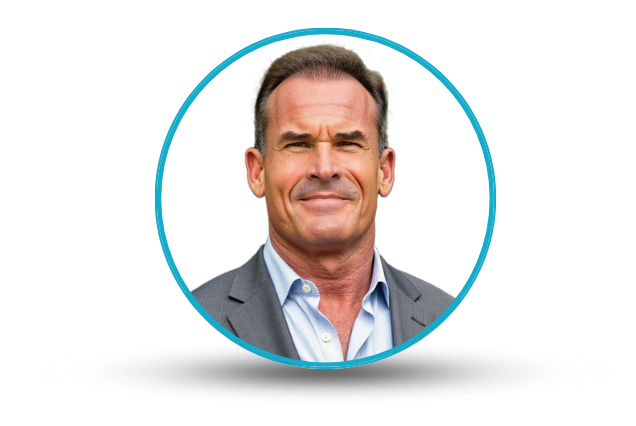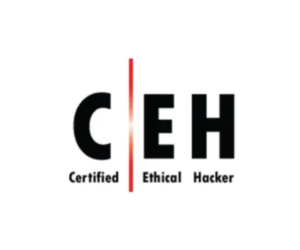A Flashback to My First CEH Class (April 2005)
In April 2005, I sat in my first CEH Train-the-Trainer class. Halfway through Day 2, I had a thought I couldn’t shake: This is it. This is what I want to do.
Back then, cybersecurity was still an emerging field. The Certified Ethical Hacker (CEH) certification was new, and the concept of ethical hacking felt niche—maybe even risky. Career paths weren’t clearly defined, and few people outside the industry even knew what a “white-hat hacker” was.
But something about CEH lit a fire in me. I knew I wanted to be part of where this was headed.
Early Days: Doubts, Prep, and a Turning Point
Getting started wasn’t easy. Employers didn’t always understand CEH, and students weren’t sure what to expect. I spent 10 hours a day for two months preparing before I taught my first CEH class.
My second session was at a major national bank. I demoed an internal DNS zone transfer. Right before hitting enter, I said, “This probably won’t work—you’re likely following best practices—but here’s the command.”
It worked.
A few students immediately grasped the severity of the vulnerability. The bank’s internal team fixed the issue later that same day. That moment stuck with me—it showed how ethical hacking isn’t just about theory; it’s about real-world impact.
How CEH Transformed My Career
Teaching CEH didn’t just make me a better educator—it made me a better cybersecurity professional.
The certification opened doors I never expected. Consulting gigs. Speaking opportunities. Leadership roles. CEH became a foundation I’ve built on for the last 20 years.
More importantly, it keeps me learning. Every update, every new tool, every threat forces me to grow—so I can help my students do the same.
CEH Today: From Theory to Real-World Skills
CEH has come a long way since 2005. What started as a certification focused on theory and demos is now a lab-heavy, challenge-based learning experience. It’s hands-on. It’s practical. And it reflects the real-world skills employers actually need.
We’re no longer just talking about scanning tools and password cracking. We’re covering cloud security, mobile app vulnerabilities, IoT weaknesses, and even ransomware simulations.
CEH has grown with the threat landscape—and that’s what makes it such a powerful launchpad for today’s cybersecurity careers.
The Students Who Inspire Me
Over the years, I’ve taught veterans transitioning to civilian life, career changers starting from scratch, and even high school grads exploring their first tech role. CEH has given all of them a place to start—and a path to grow.
Some of my former students are now penetration testers. Others are security leads, CISOs, or bringing me in to train their teams. Watching them succeed is one of the most rewarding parts of my job.
Cybersecurity is stronger when it’s accessible, and CEH helps make that possible.
Building these long-term relationships, watching students grow, and seeing the community expand year after year—it’s humbling. The real success belongs to the learners who put in the work and to the CEH program for giving them a path forward.
Final Thoughts—and an Invitation
I’m grateful. Grateful for the students I’ve taught, the lessons I’ve learned, and the chance to be part of CEH’s growth over the years.
If you’re thinking about launching—or leveling up—a career in cybersecurity, I highly recommend exploring the Certified Ethical Hacker certification. It changed my life, and it’s helped thousands of others do the same.
Ready to take the next step? Check out my CEH training course or join a free CEH webinar. I’d love to help you get started.


